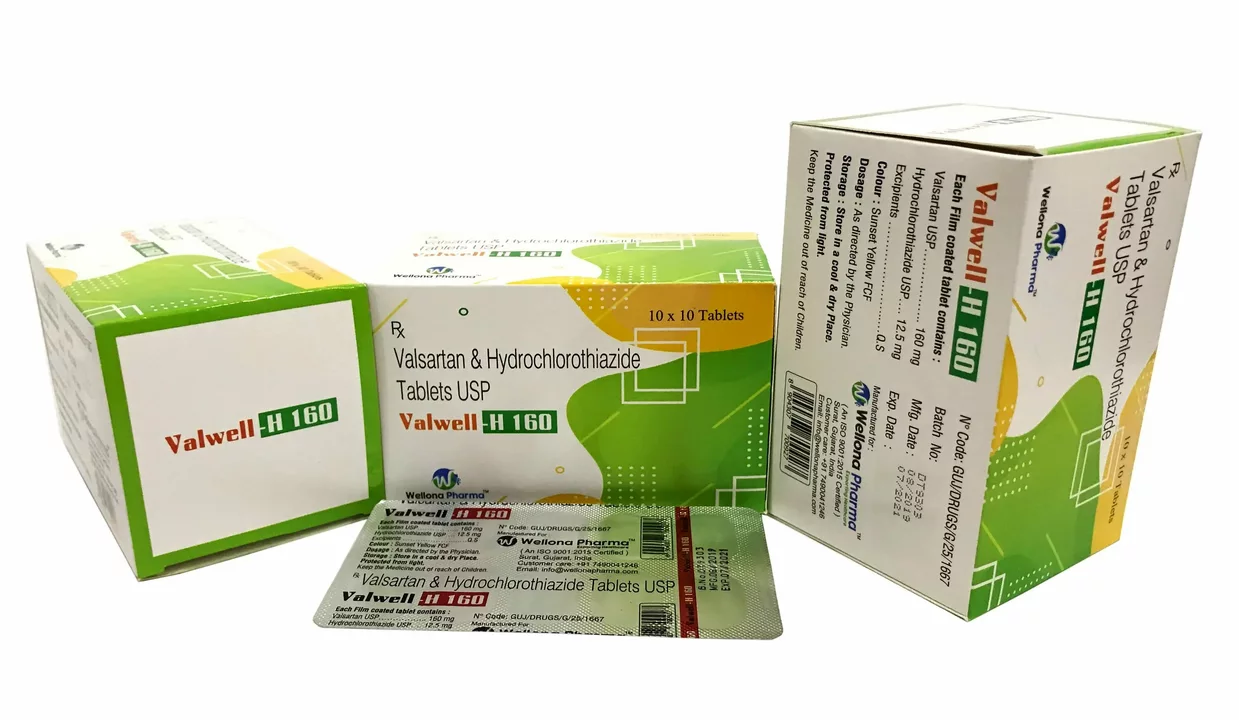Right amount: how to get medication and supplement doses right
Getting the right amount of a medicine or supplement matters more than people think. Too little and it won’t work. Too much and you can harm yourself. This page gives clear, practical tips you can use today—whether it’s a prescription like Protonix, a muscle relaxant like Cyclobenzaprine, or a daily vitamin.
How to find the right dose
Start with the label and your prescriber. Read the prescription label, including strength (mg), frequency, and special instructions like “take with food” or “do not crush.” If a drug is new to you, ask the pharmacist what the usual starting dose is and why yours might be different. For supplements and over-the-counter meds, follow recommended amounts on the package unless a clinician tells you otherwise.
Consider your body and health. Weight, age, kidney or liver problems, and other medicines change the dose. For example, diuretics like Lasix need closer monitoring in older adults because they affect electrolytes. If you have kidney disease, a dose that’s safe for someone else might be too strong for you.
Common dosing mistakes to avoid
Never guess. Don’t split extended-release pills or chew tablets meant to be swallowed whole—doing that can release too much drug at once. Use a proper pill cutter for scored tablets and a marked syringe for liquids. Kitchen teaspoons are not accurate for medicine doses.
Watch for drug-food interactions. A classic example: some statins react badly with grapefruit, raising blood levels and risk of side effects. If you see warnings about grapefruit or alcohol on the label, take them seriously and ask your pharmacist for alternatives.
When taking antibiotics or antivirals, finish the course unless your doctor says stop. Stopping early can allow infections to come back. If you’re switching drugs, like moving from one statin to another or choosing an alternative to Levofloxacin, check timing and overlap with your prescriber.
Special case: pets. Never give a human dose to a pet. Drugs like metronidazole are used in dogs but the dose is based on the dog’s weight and condition. Ask your vet for exact dosing and safe home care tips.
Track and double-check. Use a pill box, set phone reminders, or keep a simple chart. If you change doses, write the date and why the change happened. This helps when you talk to your doctor or pharmacist later.
Red flags that need action: feeling dizzy, fast heartbeat, severe stomach pain, rash, or signs of low electrolytes (weakness, cramps). Also call if you think you took the wrong amount. For urgent problems, seek emergency care.
When in doubt, talk to your pharmacist. They know dosing details, interactions, and common problems. A quick call or visit can prevent mistakes and help you find the right amount—fast.

